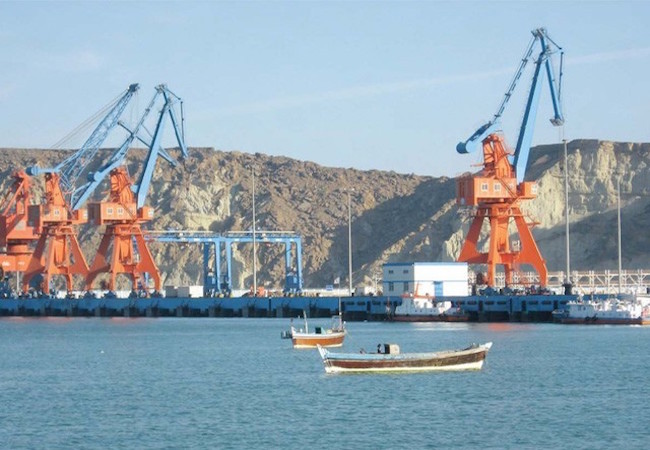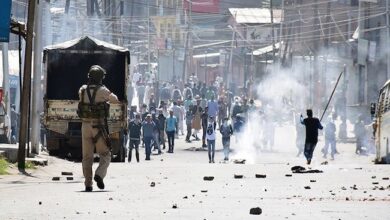
Sadia Kazmi
The much awaited CPEC Long Term Plan (LTP) was unveiled by the Minister of Planning, Development, and Reform Ahsan Iqbal on 18th December 2017. This brings the year to a magnificent end with regards to progress and development on the CPEC project. One can see that despite all the efforts at creating negativity and controversy against CPEC by the anti-CPEC actors, there has been a steady and substantial progress on this flagship project of China’s BRI initiative. This also means that CPEC is moving toward its final goal. Over all the projects included under CPEC were divided into two phases. The early phase called Early Harvest Program and the Long Term Plan. Early harvest program was initiated in 2015 and several projects under that program have now been completed in a short time of 32 months while some are expected to be completed in the next year. On the other hand, the recently revealed LTP is further divided into three phases covering the time period of 2017-2030. The plan that was approved by the 7th Joint Cooperation Committee (JCC) on 21st November 2017 in Islamabad, was made public in a 26-page document. It identifies the short-term projects which will be completed by 2020, the medium term projects expected to be completed by 2025, and the long term projects which will finish around the completion date of the CPEC project i.e. 2030. It will not be an exaggeration to say that this planning shows an undying commitment of the government and the people of both sides.
The seven areas envisaged within the LTP are reflective of the fact that LTP has a much larger scope and caters to the areas beyond power generation and road construction. These seven areas include the focus on connectivity, energy generation, trade and industrial parks, agricultural development and poverty alleviation, tourism (with a special focus on maritime tourism across the Keti Bander-Karachi-Sonmiani-Ormara, Jhal Jhao, Gwadar, Gadani, and Jiwani routes), cooperation in areas concerning human lives, and non-governmental exchanges and financial cooperation. A closer look at the areas makes one realize that they are not only aimed at a multidimensional progress of Pakistan but that LTP is very much complementary to the 2020 vision of Pakistan which strives to create a vision to build better future for the country. Just like LTP, it talks about developing energy infrastructure, improving human development and social services, especially in health and education sector improving internal security situation, strengthening state institutions and establishing the rule of law. Hence there is a remarkable compatibility between the CPEC and Pakistan Vision 2020.
Another aspect of LTP is its inclusivity. Although it took some time to make it public and to reach a final agreement on it, the time spent was worth invested. It is so because the final document was made after extensive consultations with all the provinces, federal ministers and their respective technical groups. This only makes the document ever more credible and pragmatic. Furthermore, its accessibility to the common public and media points to the transparency, and honest intention of the policy makers from both sides. The document is open to public for scrutiny and to evaluate it from all the aspects. The purpose should not just to criticize the initiative but to also embrace it with the motive to suggest positive and productive inputs. Unless the project is seen and owned at the national level, it will remain vulnerable to the anti-propagandist lobby which is bent upon sabotaging the process and creating controversies.
One important point in the document reveals that the Chinese currency RMB will be used for the transactions under the CPEC. This is not to say that this currency will be used in Gwadar as was being proposed by China earlier. Negotiations on this point is also one of the reasons for the LTP to take longer to sign. Nonetheless, China conceding to Pakistan’s concern only enhances further trust between the two countries. It proves that the CPEC project is not a tool for China to dictate Pakistan but an equation that would provide both countries to have mutually fruitful and beneficial outcome. The transactional decision will surely help Pakistan to have less reliance over the US dollar. Both China and Pakistan are working towards strengthening financial cooperation between Free Trade Zones and explore the formation of a RMB backflow mechanism.
Since connectivity continues to occupy the center stage, LTP is focusing on integrated transport system which includes development of Kashgar-Islamabad, Pehsawar-Islamabad-Karachi, D.I. Khan-Hakla, Sukkur-Gwadar port and D.I. Khan-Quetta-Sohrab-Gwadar road infrastructure. Along with that the information technology and energy sector development also remain to be the main areas of focus in LTP. All this carefully drafted document makes one believe that CPEC will eventually make Pakistan into a global financial and trade hub. The ultimate aim of LTP can be summed up in the statement by the Minister Ahsan Iqbal that “CPEC will greatly speed up the industrialization and urbanization process in Pakistan and help it grow into a highly inclusive, globally competitive and prosperous country capable of providing high quality life to its citizens”.




